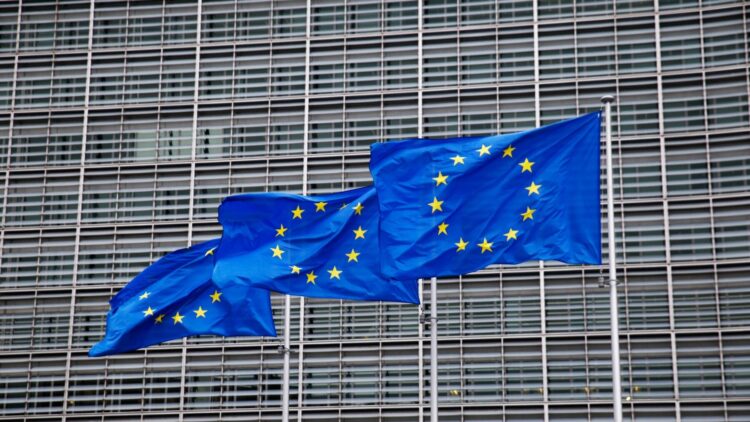The EU has taken an important step towards changing the future of online shopping. Some ministers of the European bloc have approved new customs rules, aiming to curb the high volume of orders, especially low-value ones, arriving daily on the continent. This measure was implemented to address complaints from European companies, which end up competing at a disadvantage with products from outside the European bloc, especially from Asia. In addition to these issues, this decision seeks to resolve environmental problems and combat undervaluation practices.
Following the EU decision, what changes with the end of the €150 exemption?
With the elimination of the €150 tax exemption limit, the current landscape of international e-commerce is set to change. Previously, products below €150 were exempt from these taxes, encouraging cheaper international purchases. Despite this, according to data from the European Commission, a portion of small orders end up being undervalued as a way to avoid taxes, and this represents a problem for the European bloc.
Now, with this new model, the intention is to create a more balanced environment between the two scenarios. Some ministers claim that charging “from the first euro” will help ensure fairer competition. Another point of debate is the volume of orders coming from specific countries, especially China, where most packages were below €150. Many orders below the tax exemption are coming from China; this has reinforced the government’s need to act as soon as possible.
This change is also intended to address environmental concerns. Companies outside the EU often split their orders into several small boxes so they can qualify for the exemption. Consequently, this generates more transport, more waste, and a constant flow of packages, which ends up overloading logistics services. With this new rule, this incentive ceases to exist.
Why did the EU decide to act now to change the taxation rules?
This decision stemmed from the exponential growth of e-commerce after 2020, which put excessive pressure on already overburdened customs systems. Low-cost products came to occupy the majority of international traffic, while European companies questioned the unbalanced regulatory framework. The exemption, which previously seemed beneficial to consumers, ended up becoming a hindrance to enforcement and unfair competition.
Another aspect considered in the decision was undervaluation. Many sellers declared low values, but artificially so, as a way to avoid charges. Cases like this were impossible to monitor if the rule remained. Maintaining the current system, according to the ministers, would be unfeasible and damaging in the long term. The elimination of the tax limit became a central part of the European Union’s customs reform.
The transition to 2028 and a temporary plan for 2026
The complete elimination of the exemption is planned for 2028, but despite this, the EU is already working on an interim solution to implement it from 2026. The reason for this is the growing volume of packages. Therefore, ministers agreed to implement a temporary measure while the complete structure is being finalized.
What can we expect and what will be the impacts for European consumers and businesses?
The elimination of the old €150 tax limit on online purchases marks a significant shift for the future of e-commerce in the EU. This decision addresses the bloc’s economic and environmental concerns and comes as a response to the rapid growth of international shopping.
It is expected that, initially, consumers may feel the direct impact on their wallets. However, the goal of this change is to create a fairer and more transparent market for national and international companies. The transition until 2028 will require adaptation, both from the market and the customer, but this change promises to modernize the European customs system.


